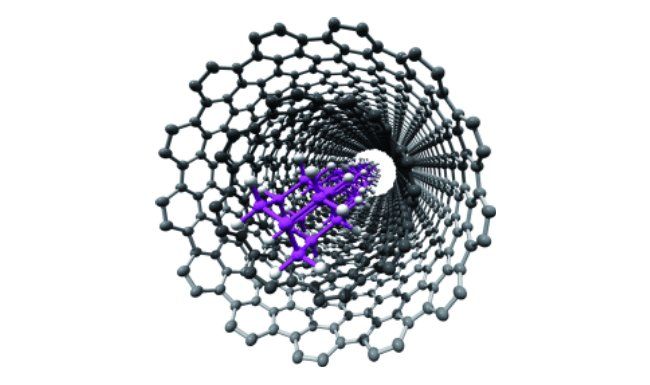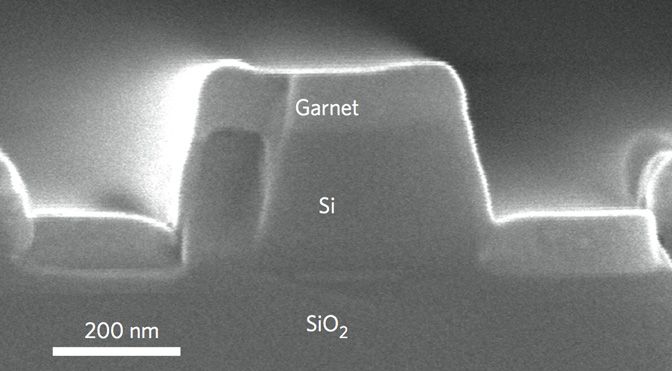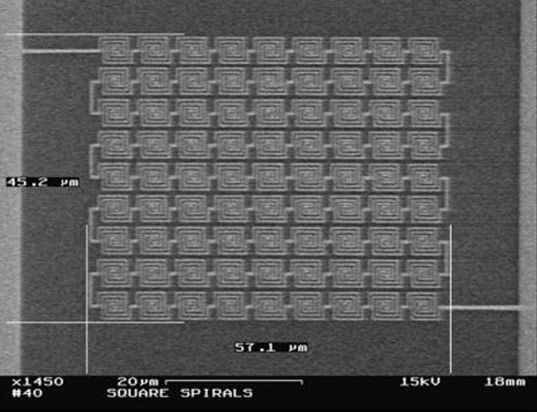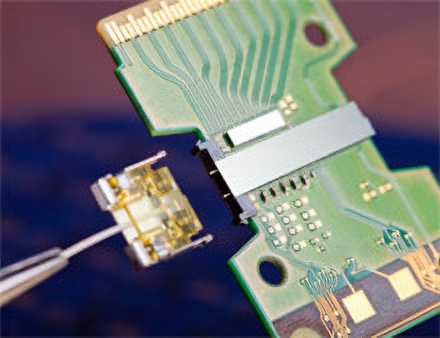It’s not going to be easy.



Time for Humanity to discover what’s outside the backyard… (HD — 12/2014)
FOLLOW THE HYBRID LIBRARIAN:
Subscribe ▶ http://bit.ly/daretoknow
Facebook ▶ http://on.fb.me/170IAJK
Twitter ▶ http://bit.ly/14vhMgZ
Google+ ▶ http://bit.ly/15eoHil
Tumblr ▶ http://bit.ly/11UtNr1
HYBRID LIBRΛRIΛN’s new T-shirts & merch are now available! (Both shops can be used wherever you’re from):
▶ US shop: http://bit.ly/1A1MET0
▶ EU shop: http://bit.ly/W6t2zF
For business inquiries and music collaborations, please contact me at: [email protected].
Kevin ツ

Scientists have successfully synthesized diamond-like nanomaterials in the hollow of a carbon nanotube.
Asian Scientist Newsroom | September 16, 2015 | In the Lab.

Light-emitting diodes (LEDs) are a cornerstone of consumer tech. They make thin-and-light TVs and smartphones possible, provide efficient household, handheld, and automobile illumination, and, of course, without LEDs your router would not have blinkenlights. Thanks to some engineers from MIT, though, a new diode looks set to steal the humble LED’s thunder. Dubbed a diode for light, and crafted using standard silicon chip fabrication techniques, this is a key discovery that will pave the path to photonic (as opposed to electronic) pathways on computer chips and circuit boards.
In electronics, a diode is a gate that only allows electrons to pass in one direction (and with an LED, it also emits light at the same time). In this case, the diode for light — which is made from a thin layer of garnet — is transparent in one direction, but opaque in the other. Garnet is usually hard to deposit on a silicon wafer, but the MIT researchers found a way to do it — and that’s really the meat of this discovery.
![]() Basically, it’s now possible, with regular chip-fab tools, to create an integrated silicon circuit with optical, rather than electronic, interconnects — both internally, and between other chips. Photons, moving through the kind of transparent metamaterials that would be required to make such a circuit, move a lot faster than electrons. Furthermore, optical channels, through wavelength-division multiplexing, can carry a lot more data than electric signals. At the moment, hundreds of copper wires connect the CPU, northbridge, and memory — with on-chip photonic controllers, a motherboard might only have 10 or 20 channels.
Basically, it’s now possible, with regular chip-fab tools, to create an integrated silicon circuit with optical, rather than electronic, interconnects — both internally, and between other chips. Photons, moving through the kind of transparent metamaterials that would be required to make such a circuit, move a lot faster than electrons. Furthermore, optical channels, through wavelength-division multiplexing, can carry a lot more data than electric signals. At the moment, hundreds of copper wires connect the CPU, northbridge, and memory — with on-chip photonic controllers, a motherboard might only have 10 or 20 channels.

Despite the enormous untapped potential of solar energy, one thing is for sure- photovoltaics are only as good as the sun’s rays shining upon them. However, researchers at the Idaho National Laboratory are close to the production of a super-thin solar film that would be cost-effective, imprinted on flexible materials, and would be able to harvest solar energy even after sunset!




DLD (Digital-Life-Design) is a global network on innovation, digitization, science and culture which connects business, creative and social leaders, opinion-formers and influencers for crossover conversation and inspiration.

Replacing metal wiring with fiber optics could change everything from supercomputers to laptops.